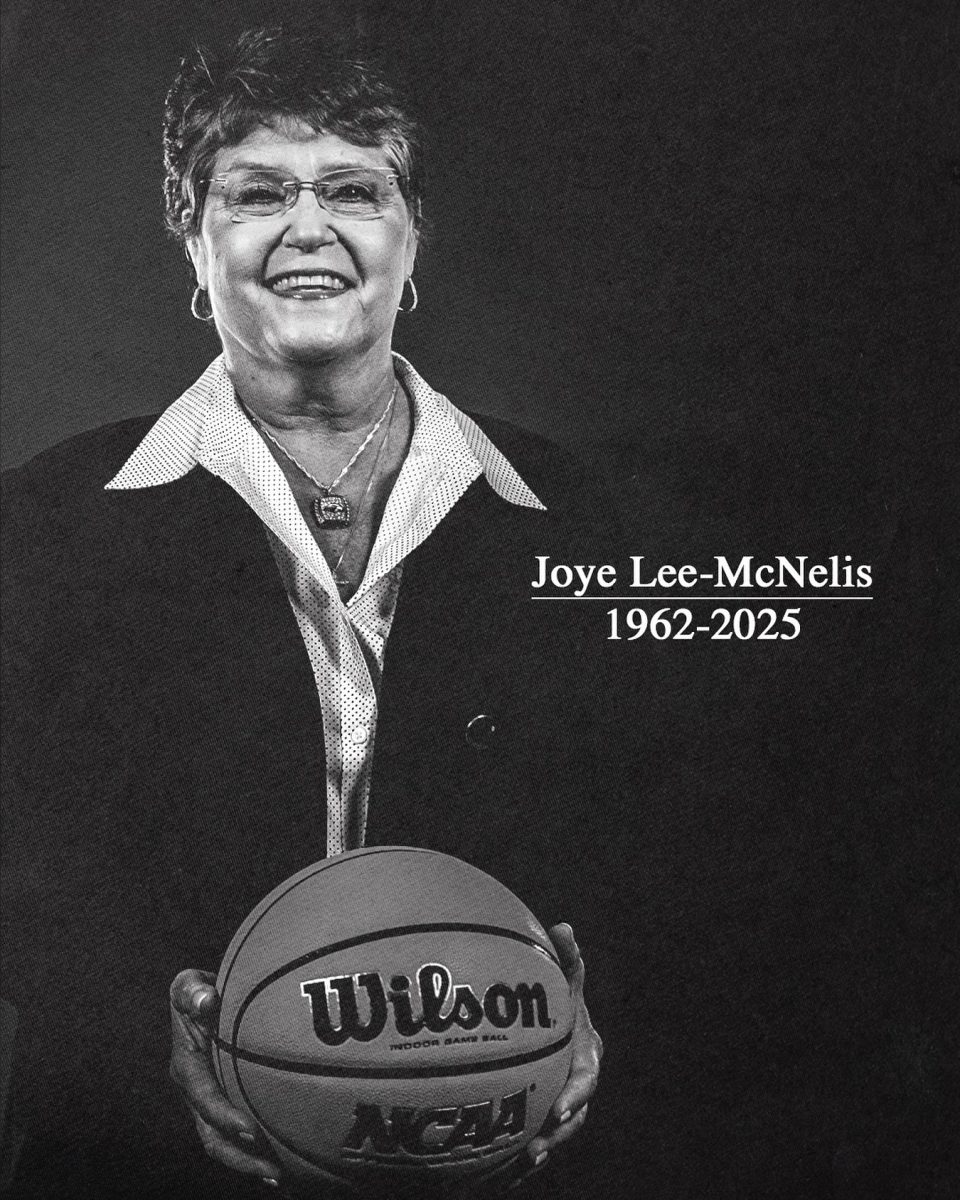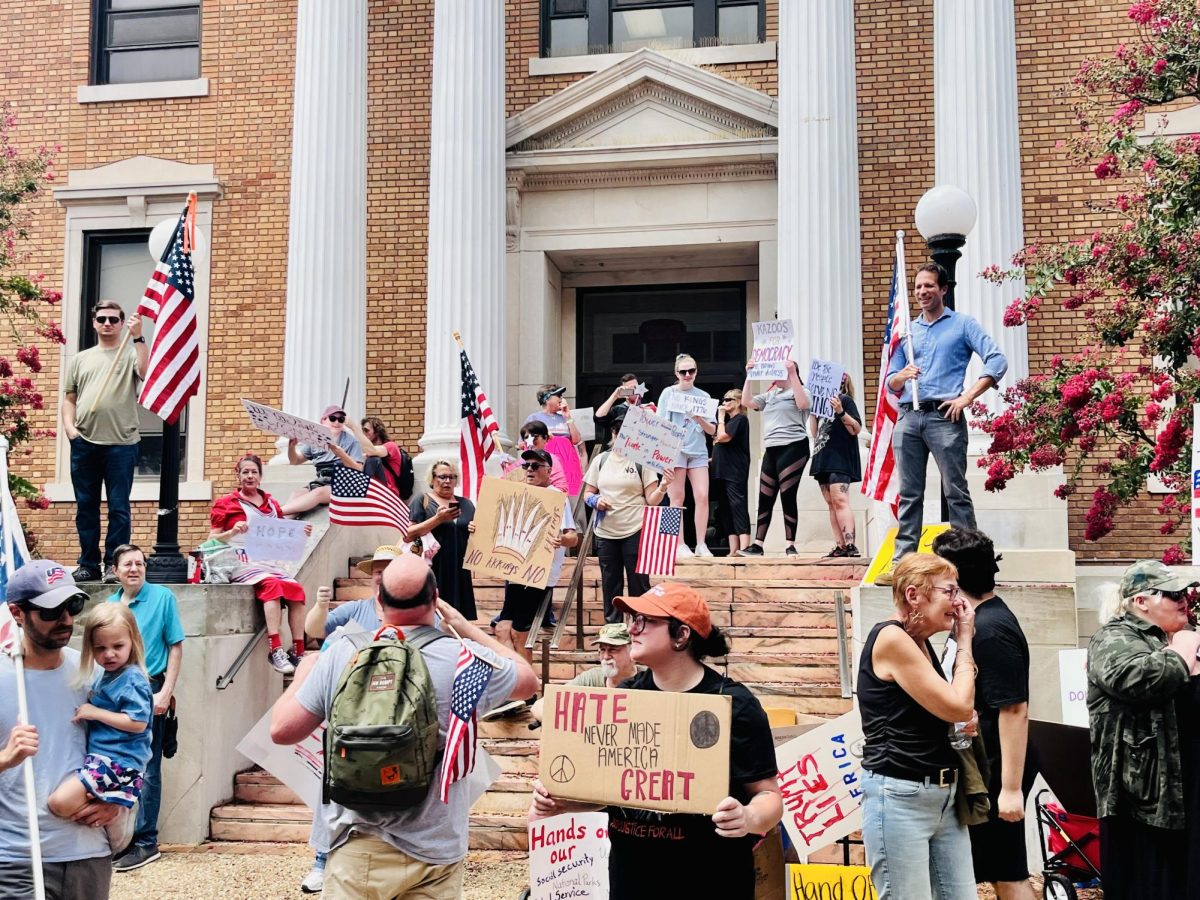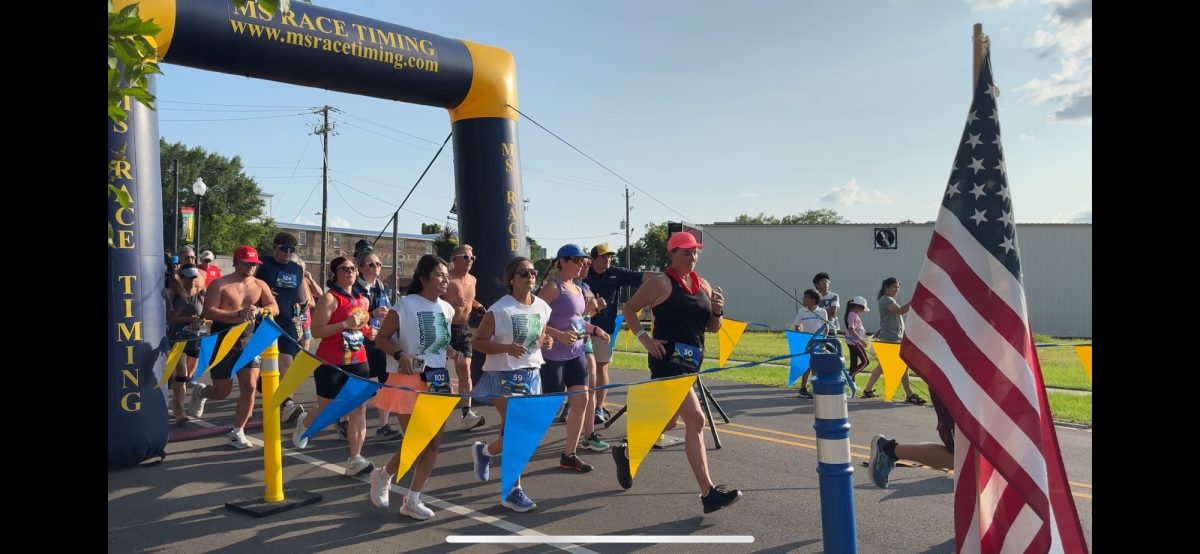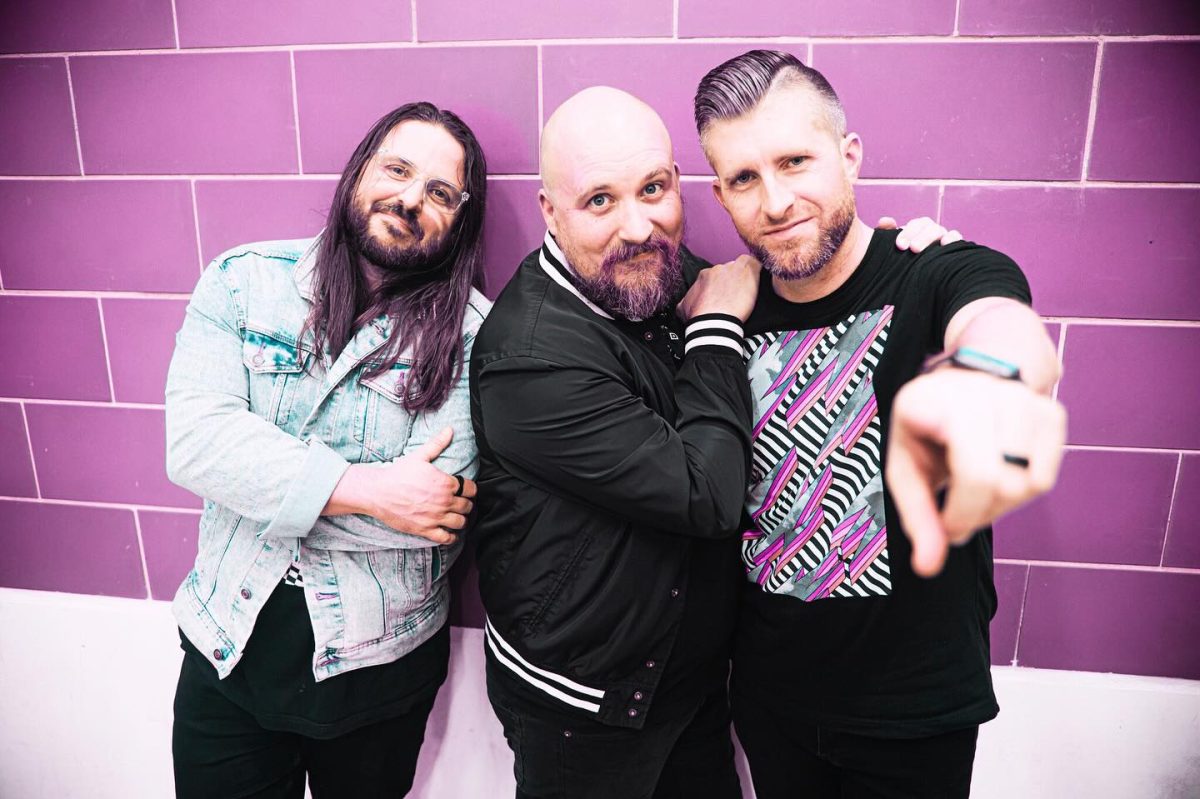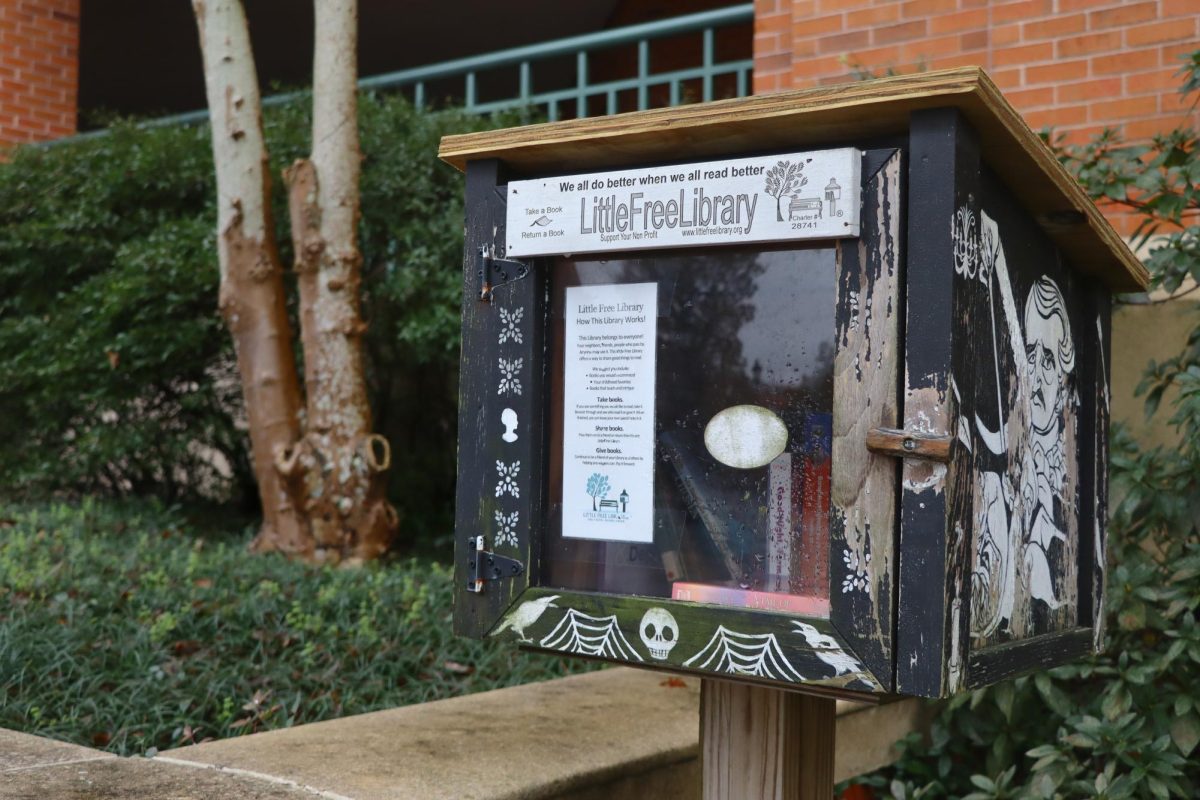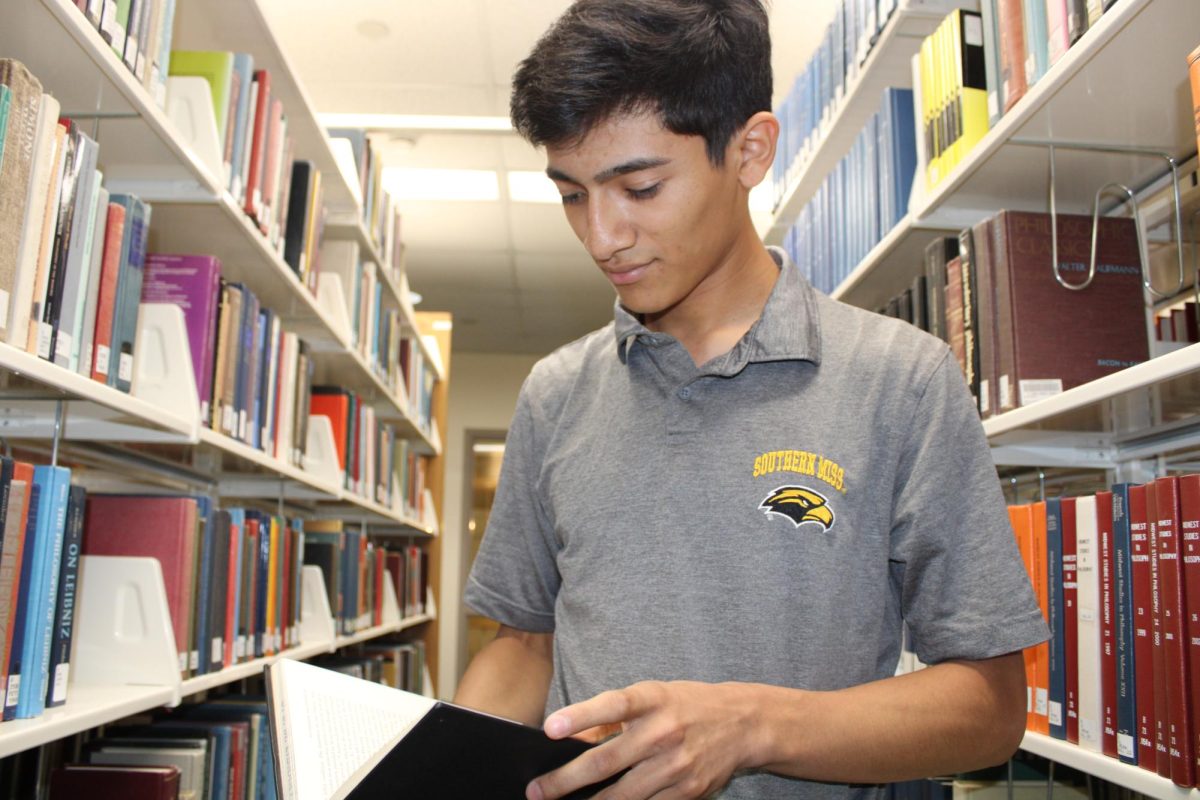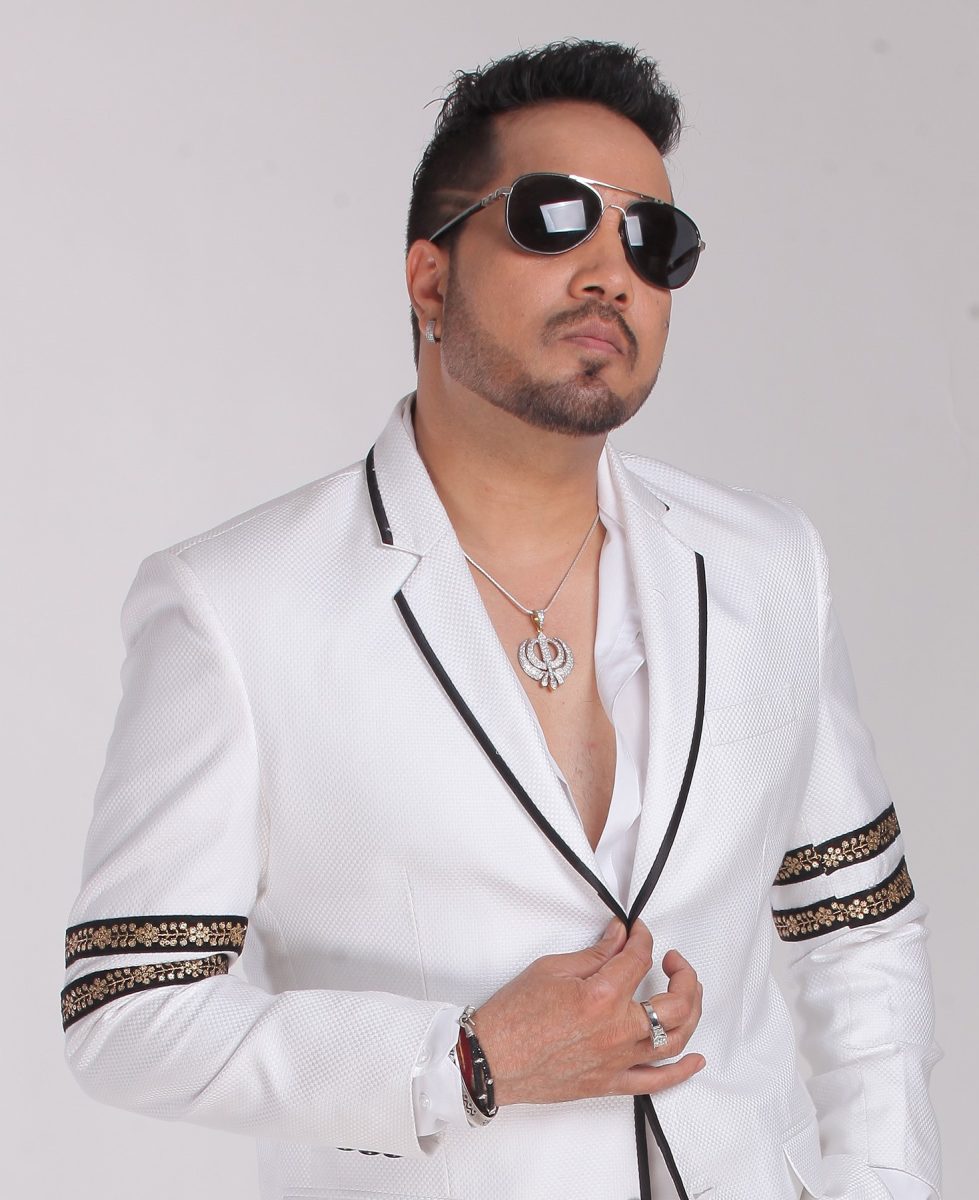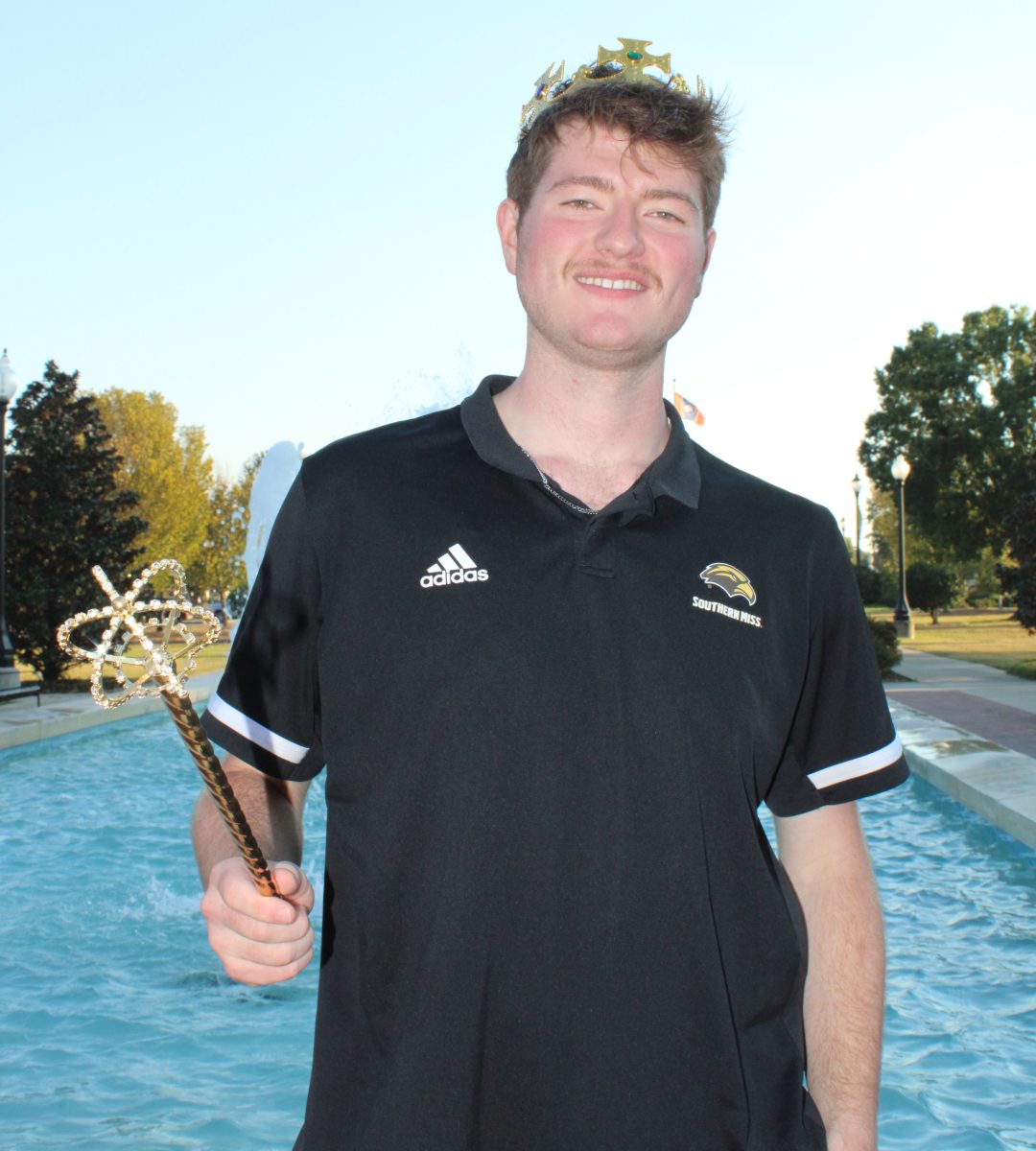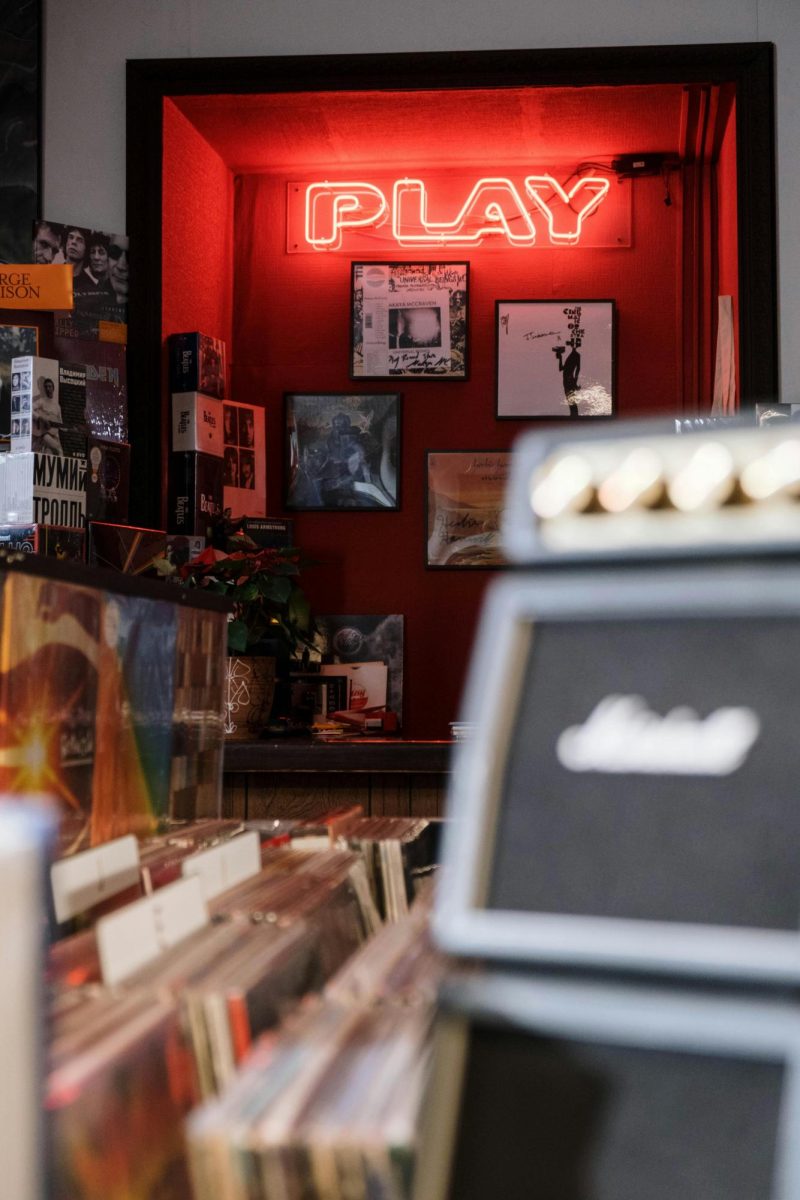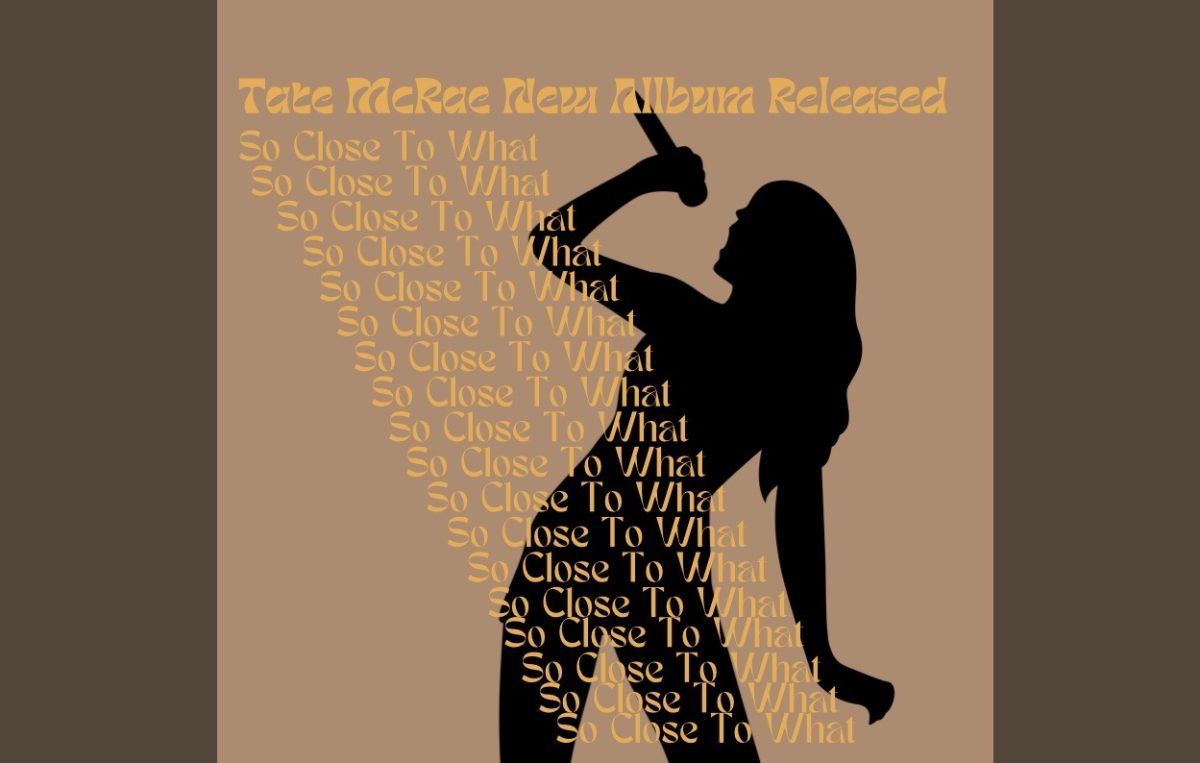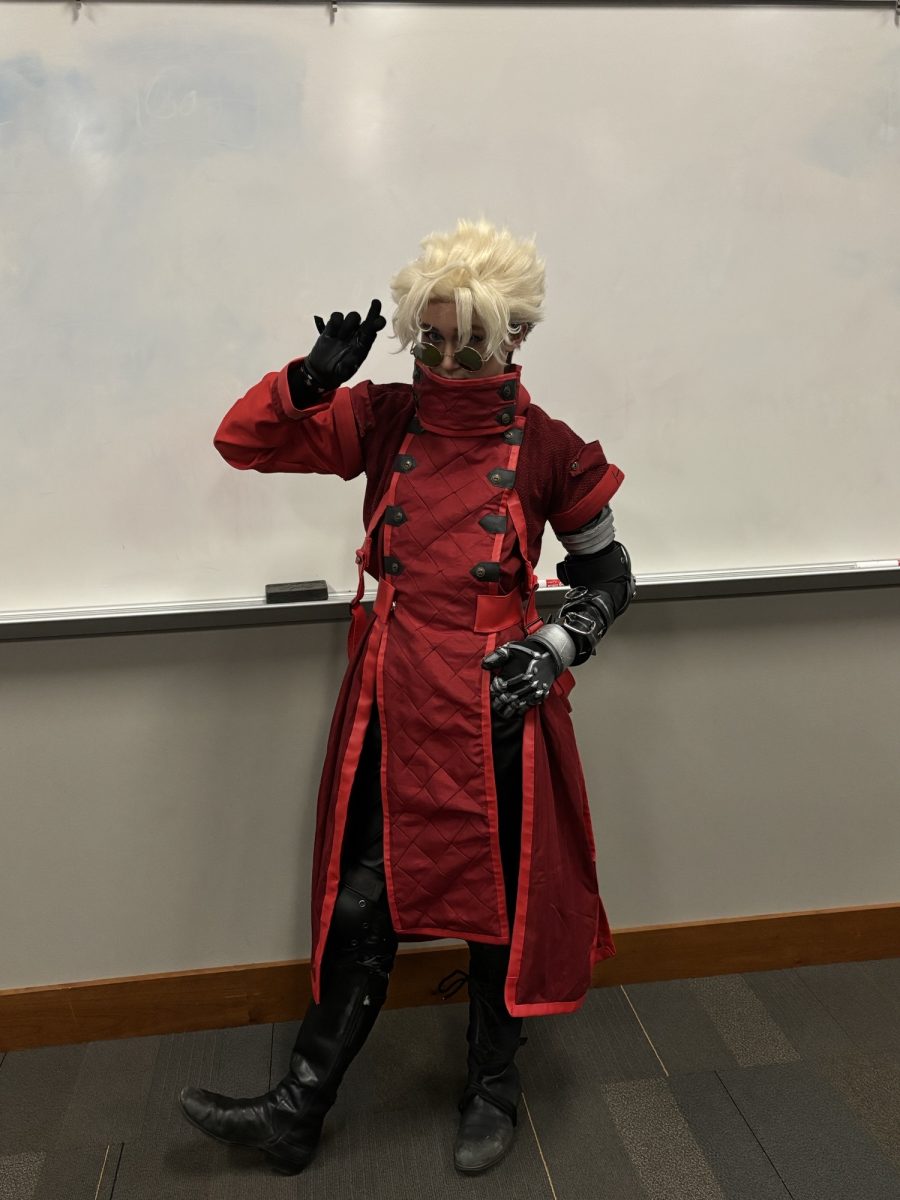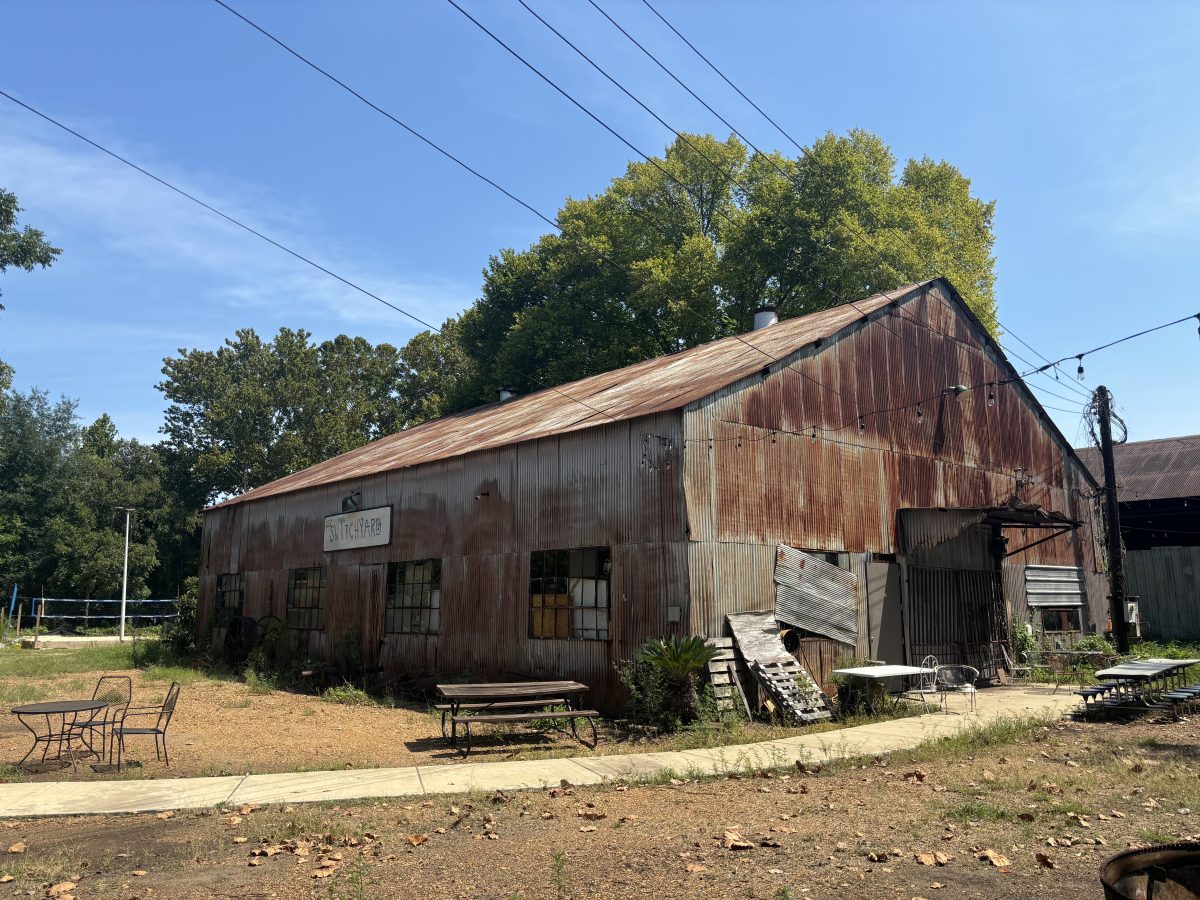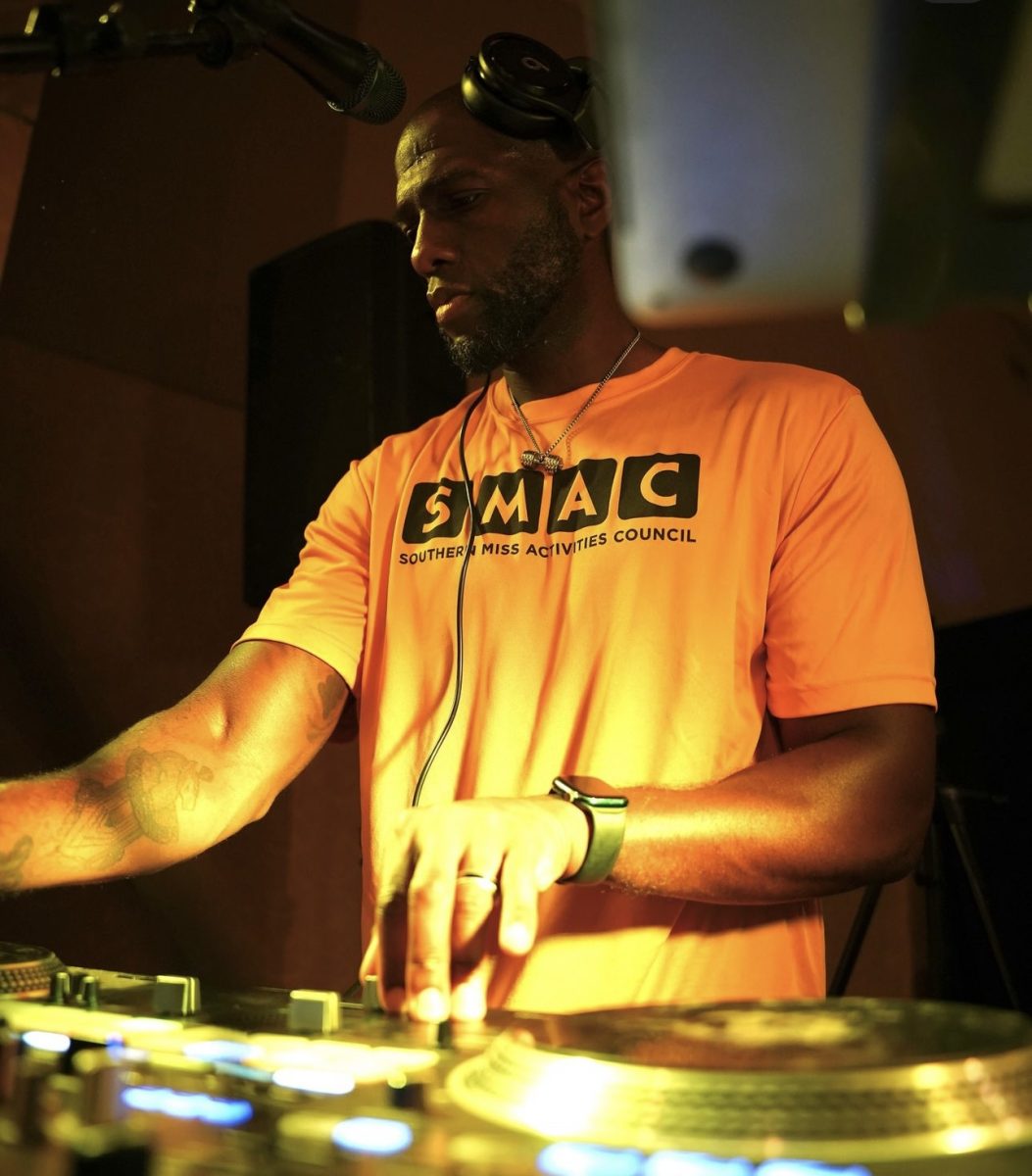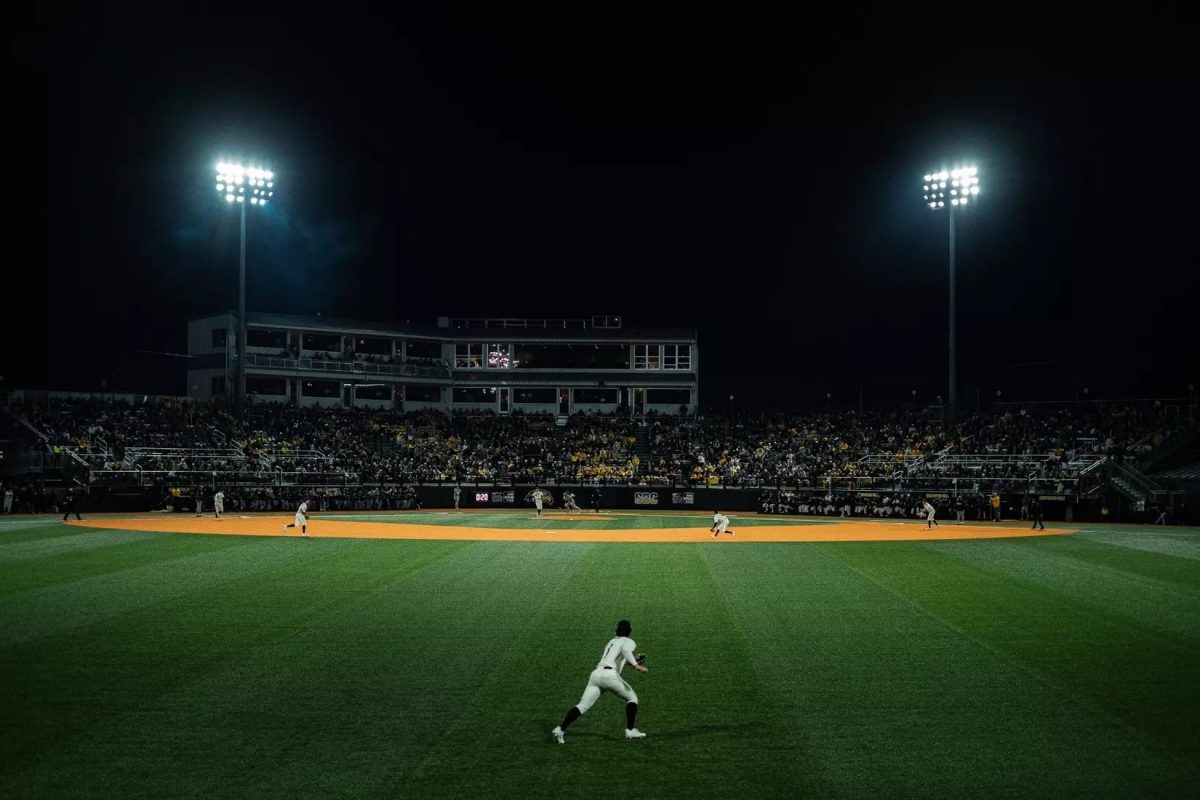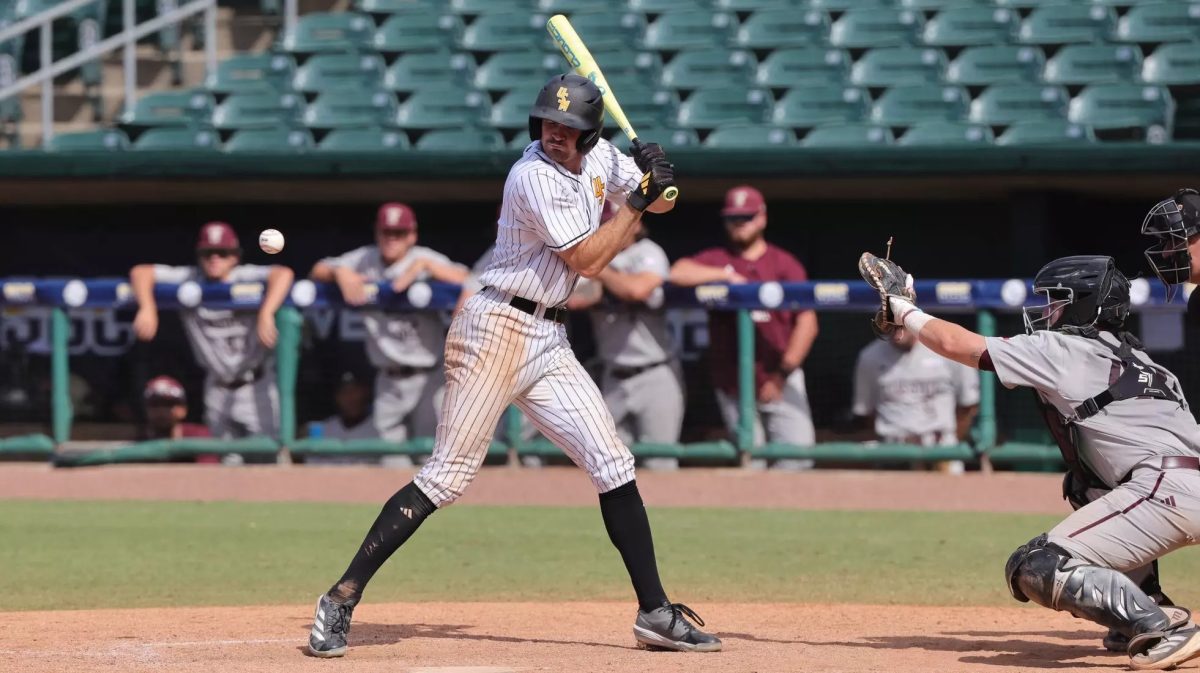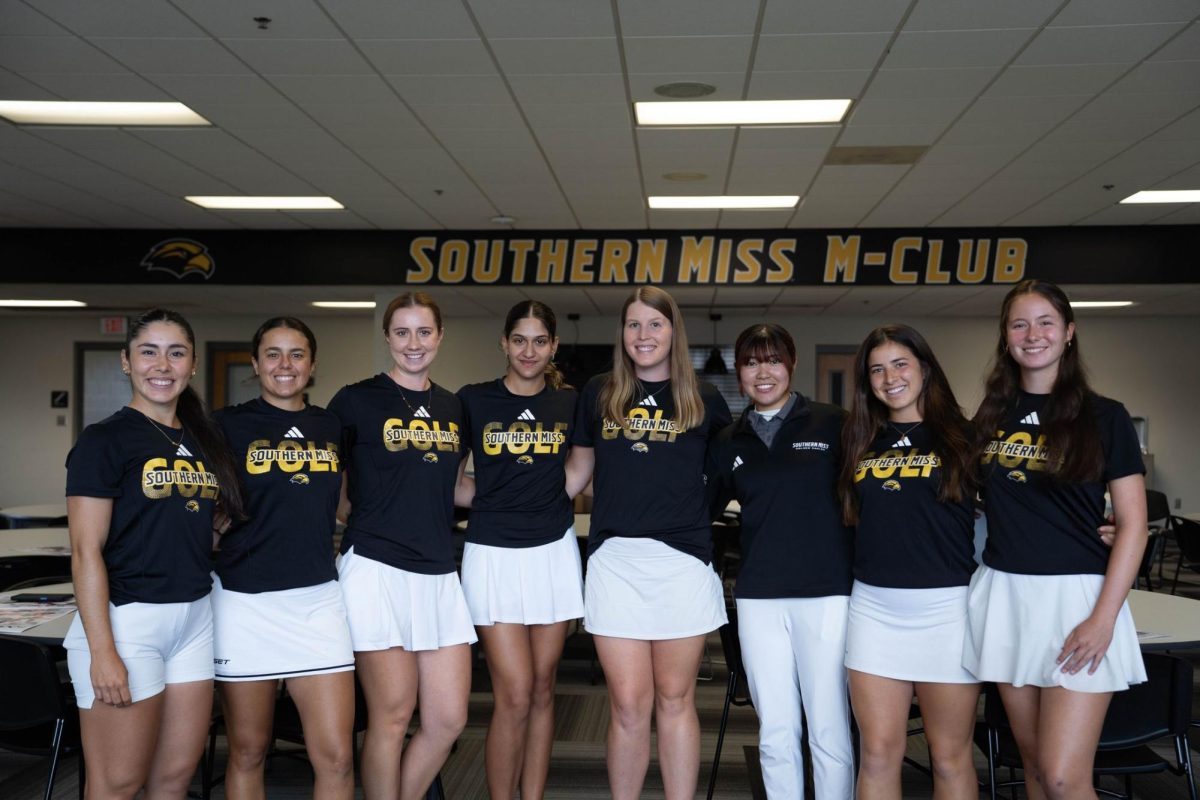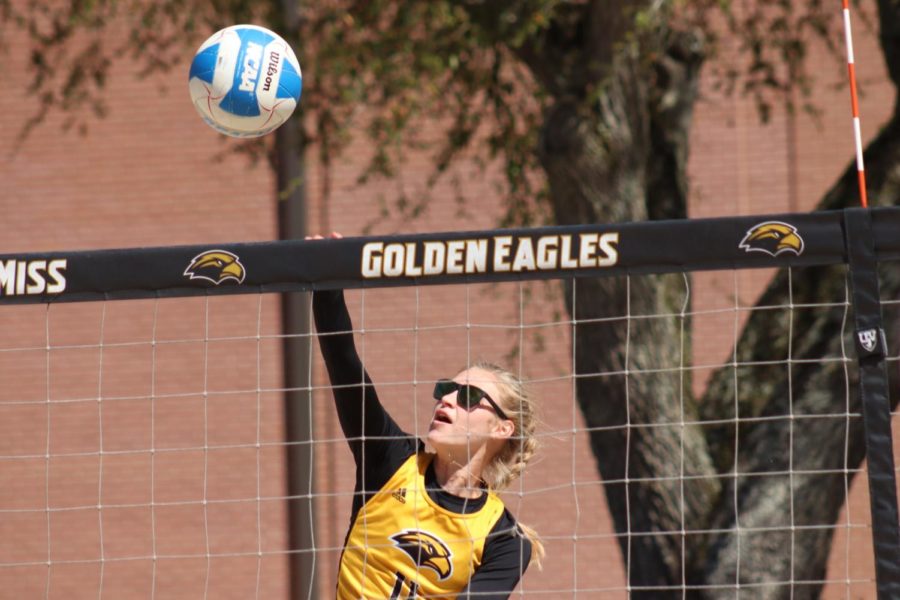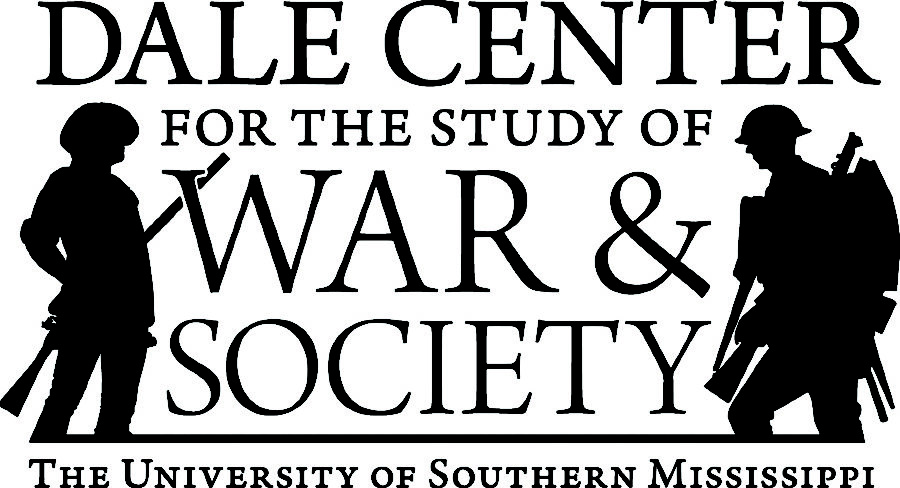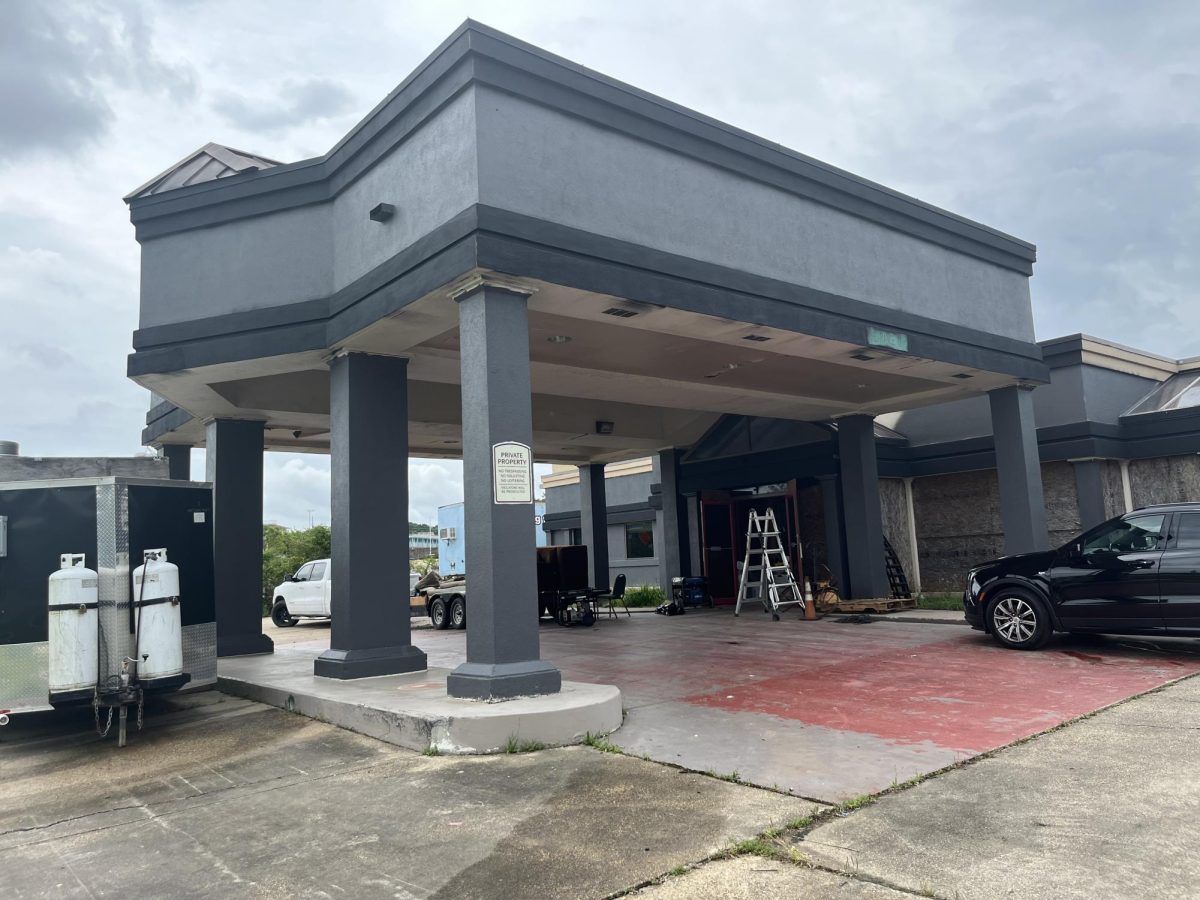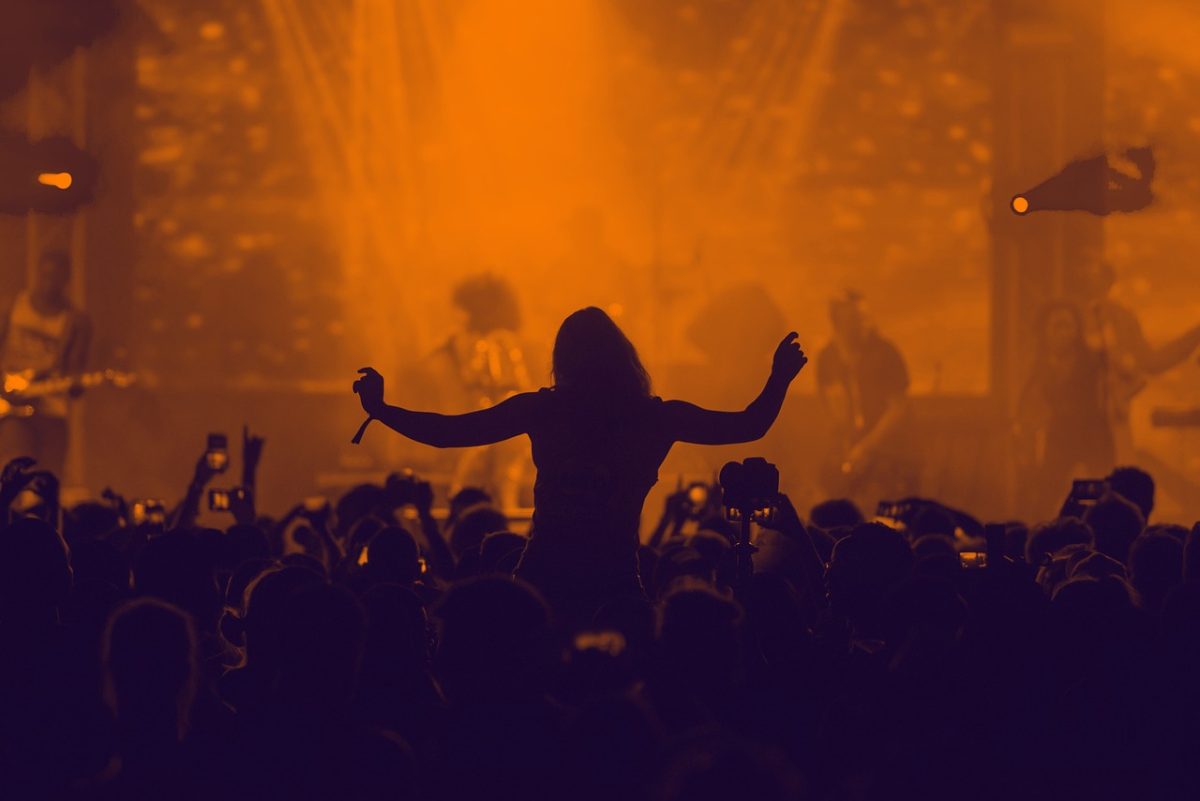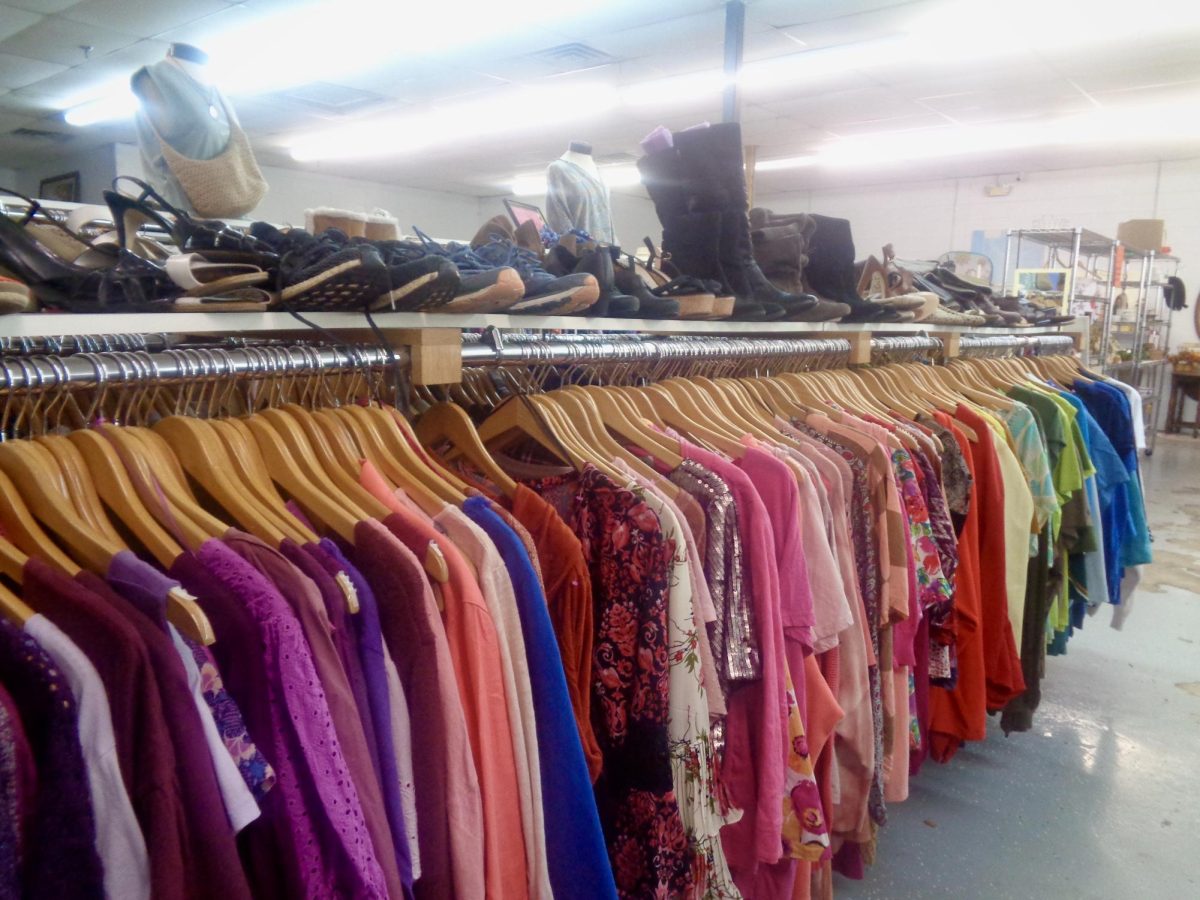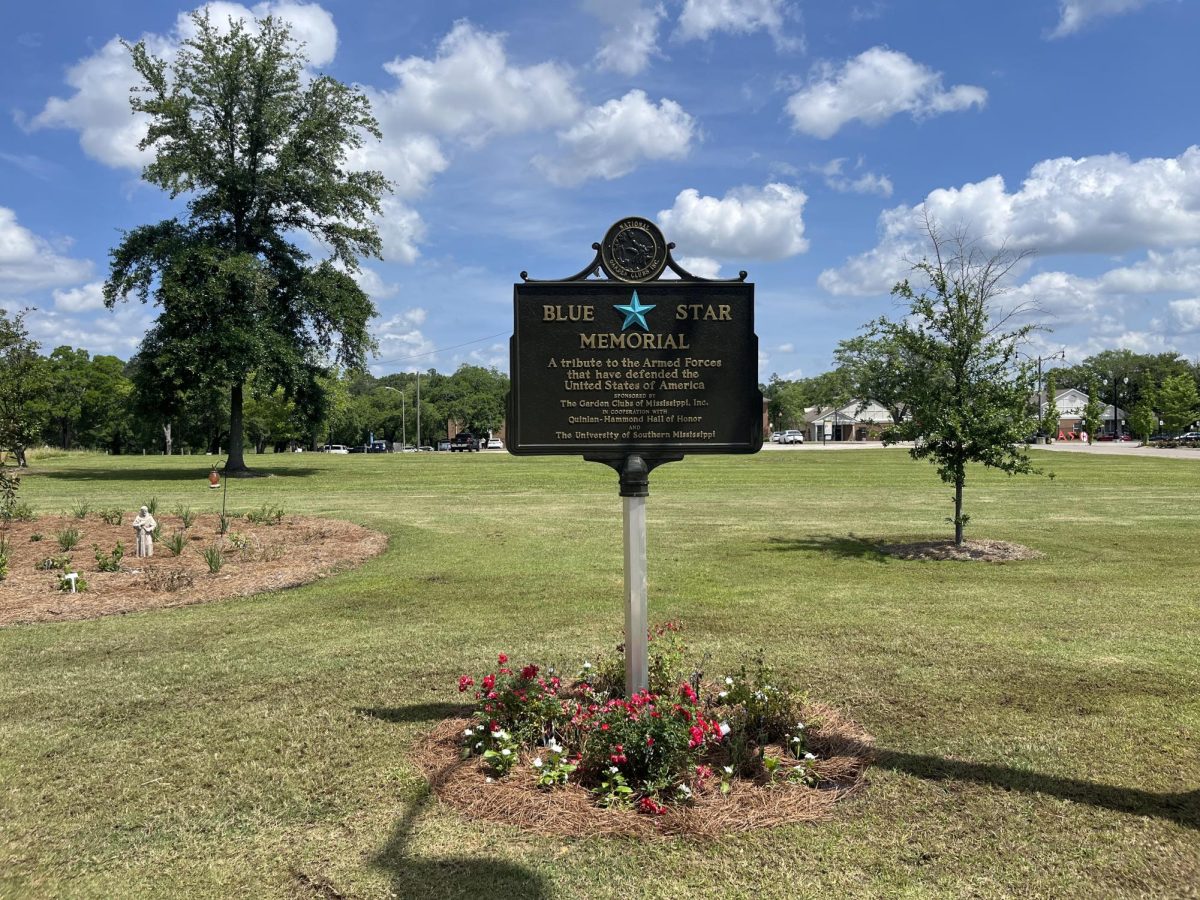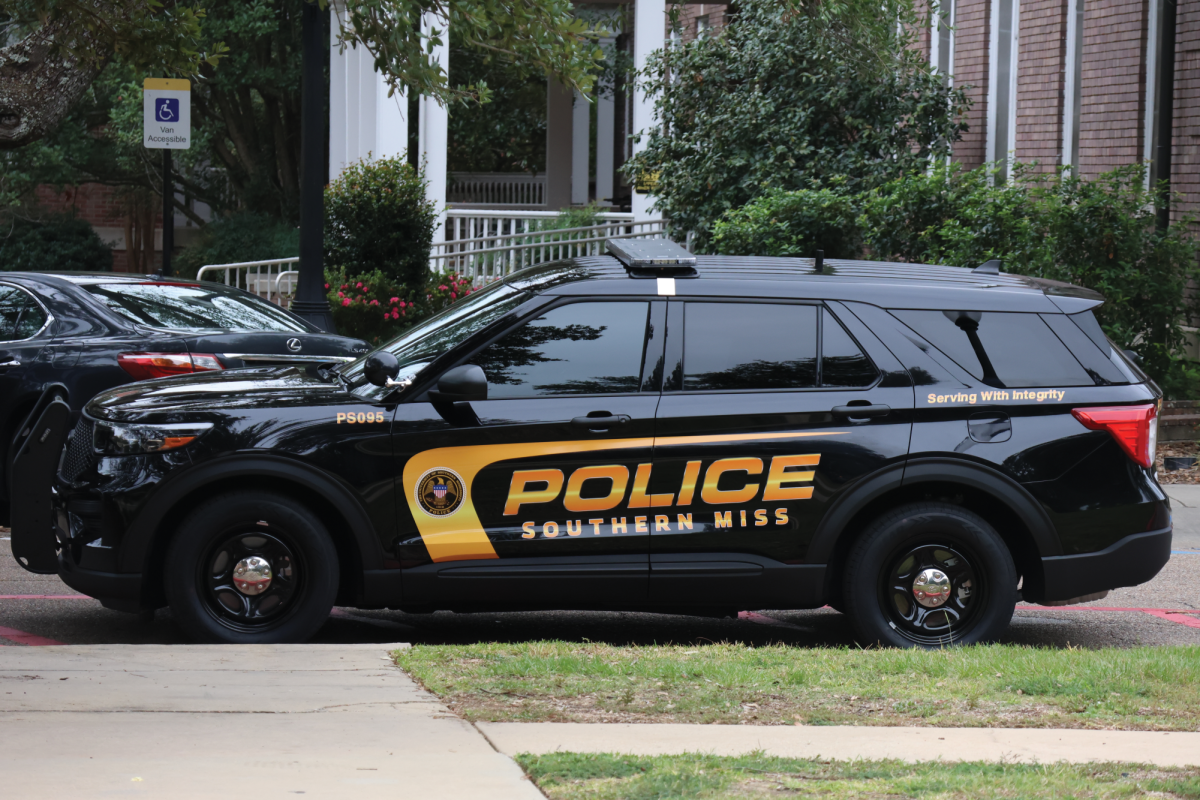The Department of History and the Dale Center for the Study of War and Society partnered with the U.S. Holocaust Memorial Museum to present “Reckonings History, Memory and Extrajudicial Violence in Global Perspective” on April 18 in the LAB.
The panelists discussed the persecution of Civil Rights workers in Mississippi during the Jim Crow era, gay men in Nazi Germany and Vietnamese civilians during the Vietnam War.
Assistant Professor in the Department of History Rebecca Tuuri presented “Community Complicity in Extrajudicial Violence Against Civil Rights Workers in Mississippi” which focused on the persecution of unknown Civil Rights activists who died through violent means.
Tuuri said many people have heard of the non-activist murder of Emmett Till.
“Even now, we are talking about Emmett Till’s death,” Tuuri said. “Far fewer have heard of non-activist and activist men and women killed in the Deep South. I’m skipping the well- known activists and speaking of the ones we don’t hear about. Tonight I want to point out the cost civil rights activists in Mississippi faced.”
Reverend George Lee a 52-year-old printing shop owner from Belzoni, Miss. was killed in the spring of 1955 after the passage of Brown vs. Board of Education which ruled that segregation was unconstitutional, according to Tuuri. Lamar Smith, a 63-year-old farmer who encouraged black individuals to vote, was shot and killed in broad daylight in front of the Brookhaven Courthouse.
“No one admitted to seeing anything in court, and the case was dropped,” Tuuri said. “Herbert Lee was killed by [state representative] E.H. Hurst in a fight by a cotton gin. Hurst said Lee threatened him with a tire-iron.”
Vernon Dahmer from Historic Kelly Settlement North of Hattiesburg and a member of the Forrest County NAACP, encouraged black individuals to vote and would offer to pay poll taxes.
“On Jan. 6, 1966 Vernon’s house was firebombed by the Klu Klux Klan,” Turri said. “He and his family were able to escape out of a window. Vernon died later that night due to smoke inhalation.”
Associate Professor in the Department of History and Dale Center Fellow Heather Marie Stur spoke on “Atrocities on All Sides: Extrajudicial Violence in the Vietnam War” and the multifaceted nature of violence against Vietnamese civilians during the Vietnam War.
Stur said all sides committed atrocities toward civilians.
“All took part in extrajudicial violence in the Vietnam War, including the American military,” Stur said. “There was no judicial process to see if they were actually enemies of the government. It was often suspected political opponents, not necessarily proven. The numbers of political prisoners was in the tens of thousands. Prisoners reported a wide variety of torture.”
Stur said Vietnamese civilians were besieged on all sides by violence or being threatened by violence. Civilians were constantly under harassment by factions related to the Saigon government.
Mandel Center for Advanced Holocaust Studies at the United States Holocaust Memorial Museum Campus Outreach Program Officer Jake Newsome presented “Violence and the Burden of Memory for Gay Holocaust Survivors” which explored the persecution of gay men by Nazi Germany.
“How many of you learned about in school that gays and lesbians were also victims of the Nazi regime,” Newsome said. “Everytime I ask that question, I get more and more hands – which is good. I studied the Holocaust for four years, and I didn’t learn about it until I was in grad school.”
Newsome said it began in 1871 before the Nazi Germany era when Section 175 was passed into law.
“In 1871 there was a law that criminalized male deviant sexual behavior in Weimar Germany,” Newsome said. “Women were not put into this law. It doesn’t criminalize being gay, it criminalizes a set of particular behaviors and certain acts. People in Weimar Germany didn’t think that you could be gay or that you could be born gay. Homosexual behavior was just that – it was a sort of behavior you could fall into – it wasn’t seen as an identity rather a vice like drinking or gambling.
Newsome said part of the Nazis’ campaign was to clean up what they saw as moral decay and according to the Nazis, homosexuality was on the rise in Weimar Germany. He said the Nazis were not homophobic for religious reasons.
“How do you recreate or produce a master race,” Newsome said. “Through sex and sexuality. The Nazis were obsessed with understanding and controlling human sexuality for political reasons. It posed a racial threat. This was something all of the major leaders were thinking about.”
According to Newsome, the Nazis arrested 100,000 men and more than 50,000 of those men were convicted.
“The men had to wear a pink triangle to denote their alleged crime,” Newsome said. “Official policy for those accused of gay sexuality was conversion or education so that they could become functioning members in German society.”
Assistant Professor in the Department of History Andrew Ross who coordinated the event with the U.S. Holocaust Memorial Museum said he hopes this is the first of many events in conjunction with the museum.
“We hope that putting these different historical events in context will not only foster ongoing dialog about injustice but will also be the beginning of future collaboration with the U.S. Holocaust Memorial Museum.”

